How To Create A DIY Cancer Binder You Will Love
In this post you will read about How To Create A DIY Cancer Binder You Will Love.
Believe it or not Cancer Binders make GREAT gifts for cancer patients.
Why? Because going through chemotherapy and/or radiation therapy is exhausting.
Cancer is exhausting. And, having a binder that keeps track of everything in one place is a time and stress saver.
If you are making your own DIY Cancer Binder or looking to help a loved one, this post will give you some helpful tips and tricks to get you on your way!
Also check out the FREE medical binder printables below.
This post may contain affiliate links which means I may receive a commission for purchases made through links (at no extra cost for you). As an Amazon Associate I earn from qualifying purchases. Learn more on my Private Policy & Disclaimer page.
Why Create a Cancer Binder?
Cancer treatment comes with a ton of paperwork—appointment summaries, lab results, insurance forms—and it can all add up to stress.
A cancer binder helps organize that information into one central place, making it easier to reference and manage.
Plus, it empowers you as a patient, giving you a sense of control in what often feels like an uncontrollable situation.
When you’re juggling a treatment schedule, medications, and ongoing doctor appointments, a binder can offer a bit of clarity.
Studies show that organization and a sense of structure can reduce anxiety during treatment.
According to Cancer Research UK, keeping all your paperwork organized can help you stay on top of appointments and ease the burden on both you and your healthcare team.
I’ve often recommended a cancer binder to patients, and they’ve told me how much lighter they feel once they have a system in place. One patient even called it her “treatment life-saver.”1. Cancer Treatment Binder
What You’ll Need for Your DIY Cancer Binder
Creating your own cancer binder is simple. Here’s what you’ll need to get started:
1. A Binder
First of all, you’ll need a binder.
“As time passes, it can be hard to remember each and every detail of your cancer diagnosis and treatment. A personal health record keeps track of this important information. It can be very valuable to the doctors who care for you throughout your lifetime.” (Canadian Cancer Society)
This heavy duty one is a great example of one you can get to include ALL the documents you may want to take to your doctor visits and treatment sessions.
You can have everything organized and at hand for when you need it.
2. Printer
Having a printer makes everything easier.
But, if you don’t have a printer or you don’t print things often, then an excellent alternative it to go to your favorite print shop like Staples and Office Depot that offer same day printing services.
It is also a good idea to have an electronic backup of all your documents.
You can use something as easy and FREE as your Google Drive. Create a Folder and scan (or take a photograph) and save as a PDF file.
ILovePDF is a GREAT website where you can split, merge, and edit all your PDF for FREE.
3. Ballpoint Pens – Colors And More Colors.
Using Paper Mate Profile Retractable Ballpoint Pens is a great way to add color to your cancer binder.
Depending on your style you can choose to color coordinate your information – adding a specific color for a particular thing.
For example, having all your chemo appointments in purple, doctor visits in green, lab work in blue, and so on.
4. Thermal Laminator
I suggest getting a Thermal Laminator.
By laminating your documents (calendars, contact information, etc) you minimize the risk of them getting damaged. For example: spilled drink or a rainy day.
5. Washable Markers
Washable markers are the way to go.
They aren’t expensive and in combination with the Thermal Laminator, you can turn any printed PDF into something you can reuse a million times.
6. Sticky Notes – on Everything!
Adding Sticky Notes is a great way to add some color but also a reminder for last minute details or any important data to keep in mind.
You can add dates, times, or questions you don’t want to forget to ask your doctor.
Sections to Include in Your Cancer Binder
Now that you have your materials, it’s time to organize. Here are the most useful sections to include:
1. Medical Information
This section is like your “go-to” file for everything related to your diagnosis and treatment.
Include:
- Diagnosis summary and treatment plan: This should be the first thing you see when opening the binder.
- Contact list: Oncologists, nurses, specialists, and pharmacies.
- Pathology reports: These are critical for understanding your treatment.
- Questions for your doctors: Use sticky notes to jot down questions before your appointments.
Tip: Ask your healthcare team for a printed copy of your treatment plan. It’s helpful to keep a running list of side effects, reactions to medications, and treatment outcomes to discuss during your next visit.
Pill Organizer
It is highly recommended to get a pill organizer to help you stay on track.
This can be incredibly helpful for cancer patients, ensuring medications are taken correctly and on time. It simplifies managing complex treatment regimens, reduces the risk of missed or double doses, and helps caregivers monitor adherence. It’s a small, practical tool that can significantly reduce stress during treatment.
2. Appointments and Schedules
Cancer treatment involves a lot of appointments, and it can be easy to lose track.
Having a section to keep them all in one place is vital.
- Calendar: Track upcoming treatment sessions, scans, and doctor visits.
- Appointment notes: Write down any important information from your consultations.
Keeping track of your appointments in one place will give you peace of mind.
It’s a great way to feel more prepared walking into your appointments because and not feeling the pressure of having to remember everything.
3. Medications and Supplements
Managing medications can be one of the most challenging parts of cancer treatment.
Here, you can track:
- Prescription medications: Include dosage, instructions, and potential side effects.
- Over-the-counter supplements and vitamins: Keep a list of these as well to avoid interactions.
Having a log of medications will help both you and your healthcare team ensure you’re on the right track.
4. Insurance and Billing
Health insurance is a whole other world of complexity. This section will keep your financials organized:
- Health insurance documents: Include your policy details, authorizations, and communications with your insurance provider.
- Bills and payments: Keep track of bills you’ve paid and those you’re waiting to pay.
- Insurance claims: Maintain a log of your claims and their status.
The American Cancer Society has resources to help navigate insurance issues and medical expenses, so it’s worth visiting their site for additional tools and tips. “Programs and Resources to Help With Cancer-related Expenses“
5. Personal Support & Resources
Cancer treatment is not just about the physical journey but also the emotional one.
It’s essential to have a section dedicated to your personal support network and emotional well-being.
- Support system contact list: Include family members, friends, and support groups.
- Journaling: Use this space to jot down your thoughts, feelings, and reflections.
- Community resources: You may also want to include local or online cancer support groups for easy reference.
Customizing Your Binder
Everyone’s cancer journey is unique, and your binder should reflect that.
Here are some ways to tailor it to your needs:
- Type of cancer: You may need to include specific sections for post-surgery care (e.g., recovery from a mastectomy or port access care).
- Specific treatments: If you’re undergoing chemotherapy, include a section for managing side effects like hair loss or using a cold cap to preserve hair. Radiation treatment may require space for tracking skin changes or radiation dermatitis.
Tips for Staying Organized with Your Binder
Once your binder is set up, the key is to keep it up-to-date.
After each appointment, spend a few minutes updating your notes, medication logs, and calendar.
Involve family members or caregivers, so they’re on the same page. And don’t hesitate to bring the binder to your medical visits—it can facilitate communication with your healthcare team.
Free Printable Resources
There are many FREE templates and printable resources available online to help you stay organized.
1. Stanford Cancer Center – Patient Treatment Organizer
They have designed a PDF where you can print and organize the personalized materials about your treatment, appointments, medications, and other vital information.
2. Sutter Health – Breast Cancer Booklet
This is a Free PDF Booklet “Sutter Health’s breast cancer experts created this notebook to provide you with the tools and information you need to take an active role in your care.”
Whether you have breast cancer or not, it is a good download that includes forms for: Medical History, Family History, Your Medical Record, Herbal and Other Supplements Record, Monthly Planner, and Notes.
3. OncoLink Treatment Binder – Forms
A great resource for printing out forms regarding each type of cancer. And a great source of information with regards for how to care for yourself before – during – after treatment.
Book Suggestions:
1. “The Cancer Survivor’s Companion” by Frances Goodhart.
Dr. Frances Goodhart and Lucy Atkins is a compassionate guide designed to support individuals navigating the emotional complexities following cancer treatment.
Drawing from Dr. Goodhart’s extensive experience in the NHS with cancer survivors, the book offers practical self-help tools to address challenges such as anxiety, depression, anger, self-esteem, body image, relationships, fatigue, and sleep disturbances.
Through relatable case studies and straightforward advice, it empowers survivors to manage their emotional well-being and adjust to life after cancer.
It’s a great resource for understanding the emotional impact of a cancer diagnosis and includes practical tips for coping during treatment.
2. “I Never Liked Pink : Lessons Cancer Taught Me” by Michelle Beck
Author Michelle L. Beck shares in her book a candid and heartfelt memoir that chronicles her journey through two breast cancer diagnoses.
Addressing topics like coping with trauma, managing treatment side effects, and supporting a young child during illness.
Each chapter delves into personal experiences, offering insights and inspiration to readers facing their own challenges.
Beck’s narrative emphasizes resilience, self-discovery, and finding unexpected positives amidst adversity, making it a relatable and uplifting read for anyone navigating difficult times.
If you are also looking for Chemo/Radiation Gift Basket Ideas, I wrote a post on it that you may find useful.
Cancer Countdown Calendars and Countdown Sets
Depending on your Cancer Treatment you can include the following in your Cancer Binder.
Radiation Countdown Calendar and Sign Set
To learn more about Radiation Countdown Calendars & Sign Sets, click here.
Chemotherapy Countdown Calendar and Sign Set
To learn more about Chemo Countdown Calendars & Sign Sets, click here.
In this post you read about How To Create A DIY Cancer Binder You Will Love.
To Summarize
These are a few of the things you will find useful when creating your or a loved ones Cancer Binder.
It all comes down to your style and how you like to organize your information, but being organized is one of the best gifts you can give to a cancer patient.
Express yourself & have fun with it. Follow us for more products to help make this difficult journey a little easier.
Other posts you may like:
- Beautiful Radiation Countdown Calendars For Your Cancer Binder
- Easy And Beautiful Chemo Countdown Calendars For Cancer Patients
- 8 Best Chemo Gift Basket Ideas for Cancer Patients
- Best Gifts For Men Going Through Chemo They Will Love
- 5 Best Caregiver Gift Basket Ideas They Will Appreciate
- Best Tips To Avoid Caregiver Burnout You Will Love
- 17 Inspirational Chemo Quotes You Need To Read
- Easy Chemo Diet Tips You Need to Know

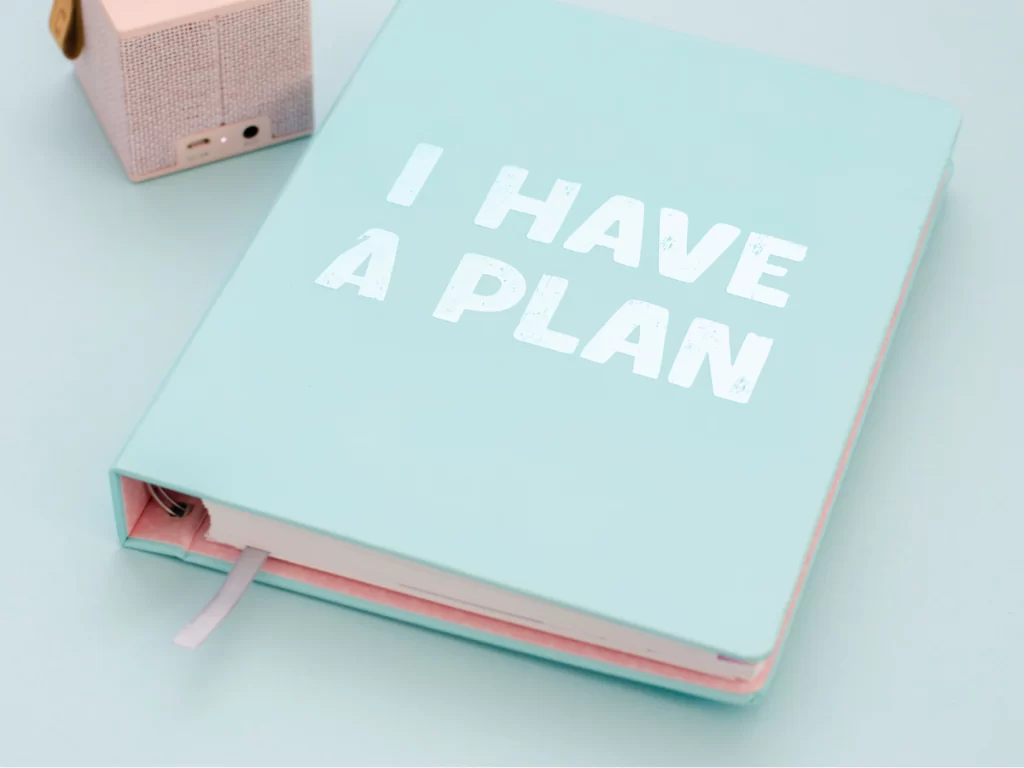

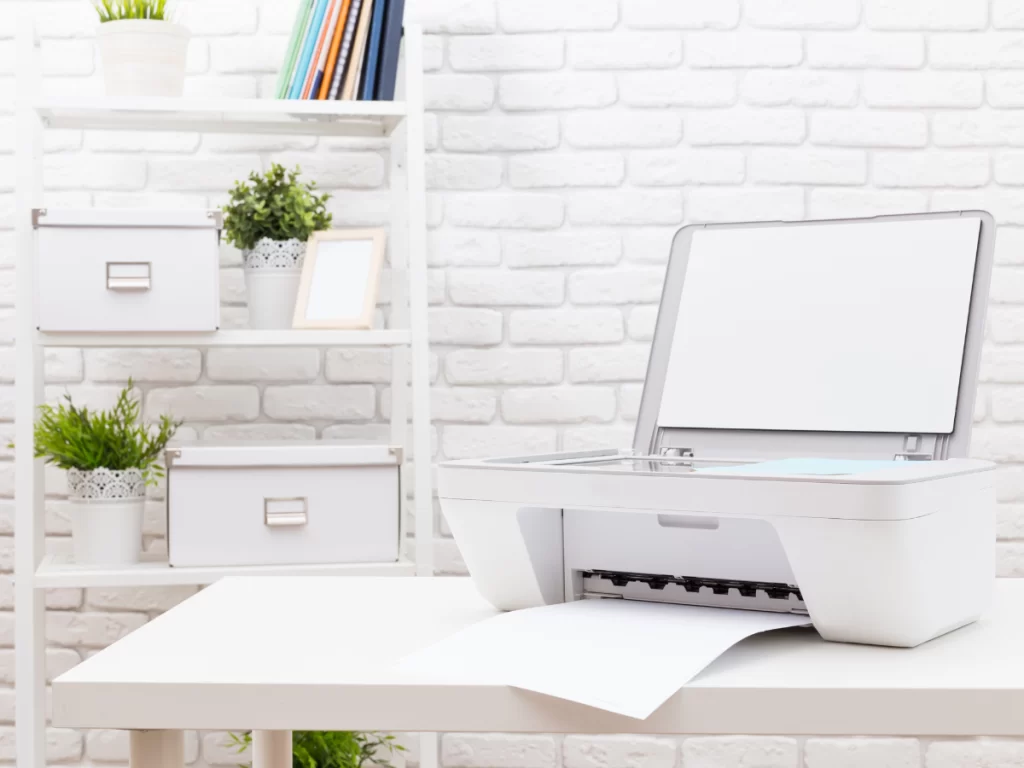
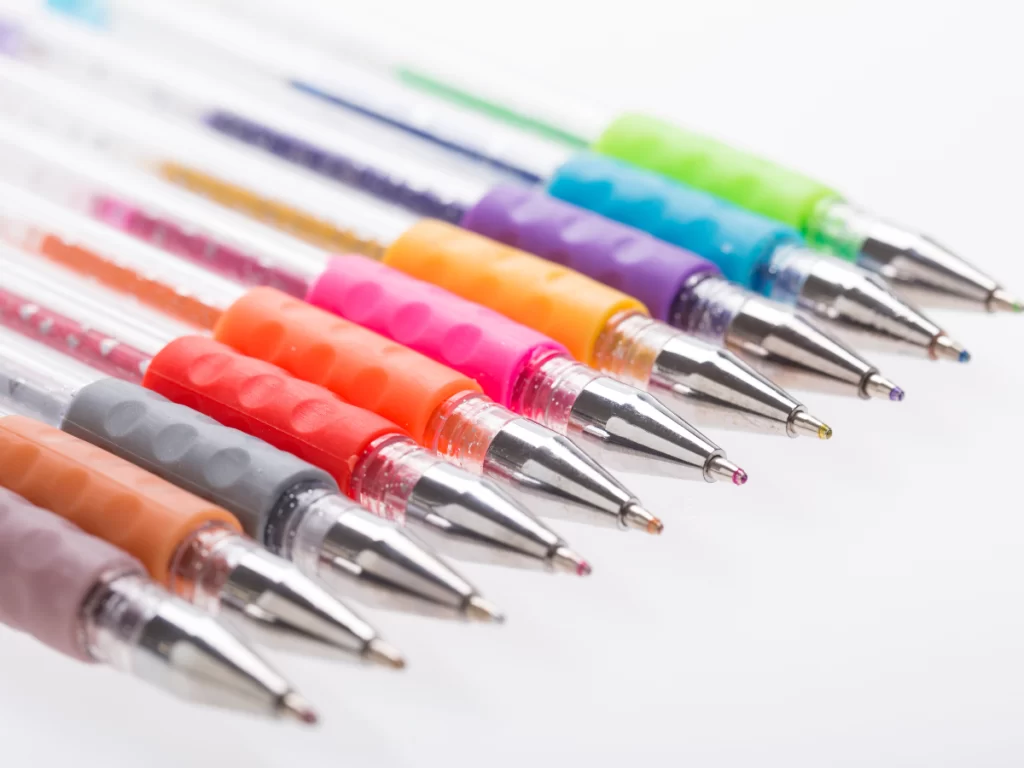
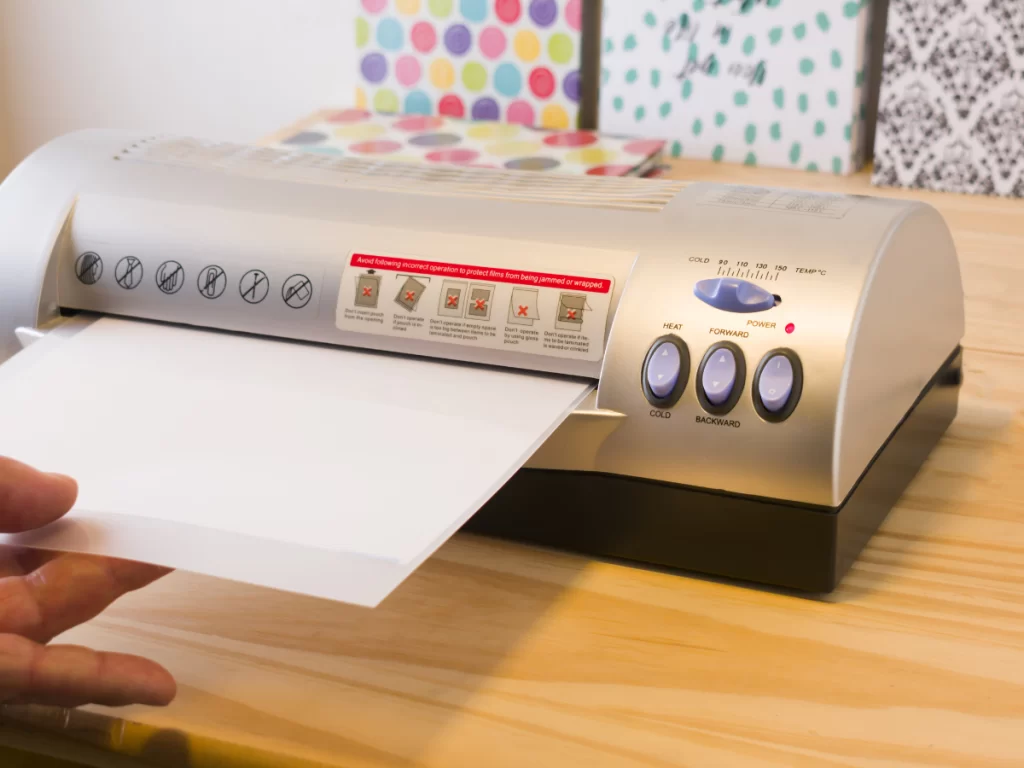

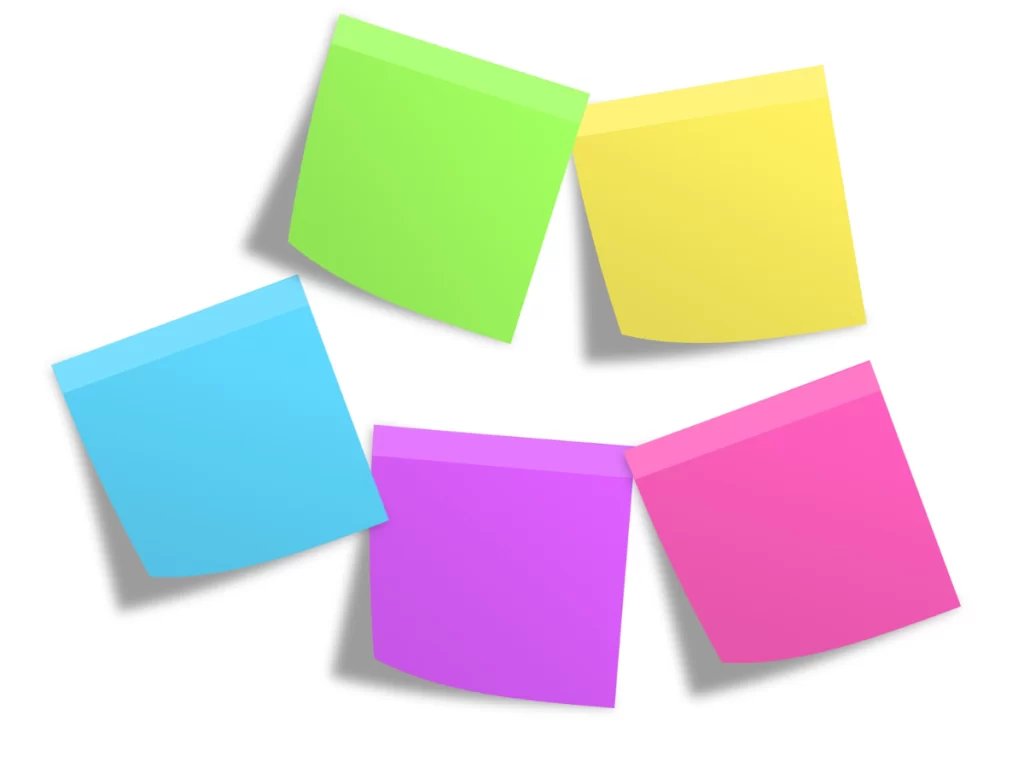
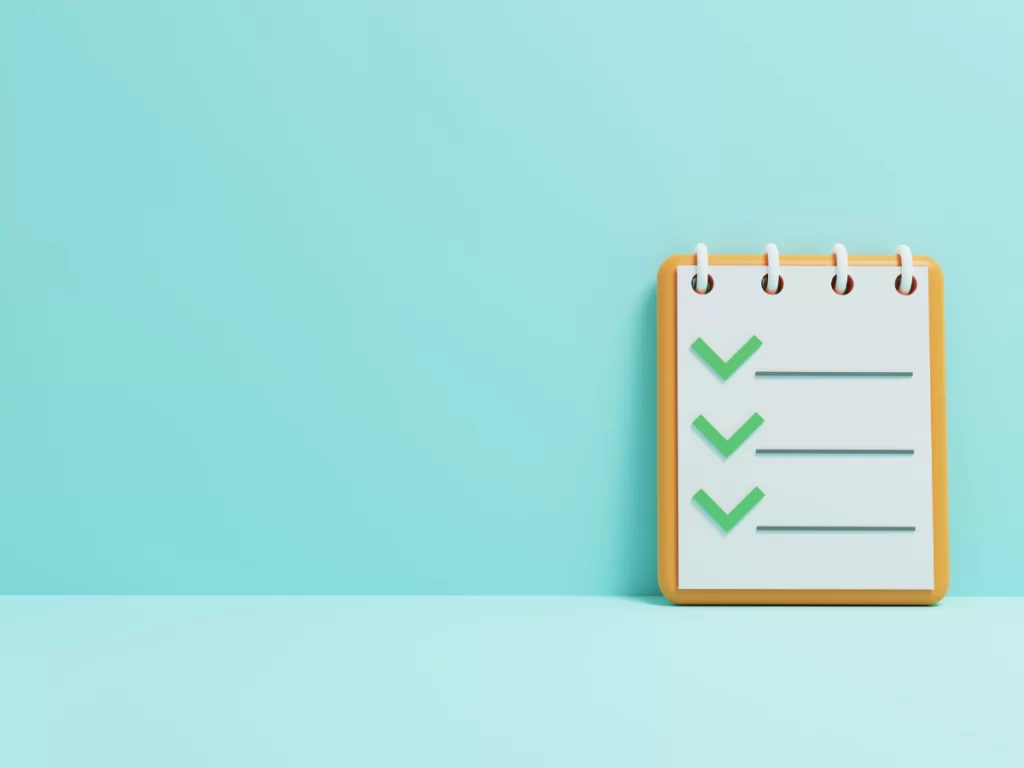

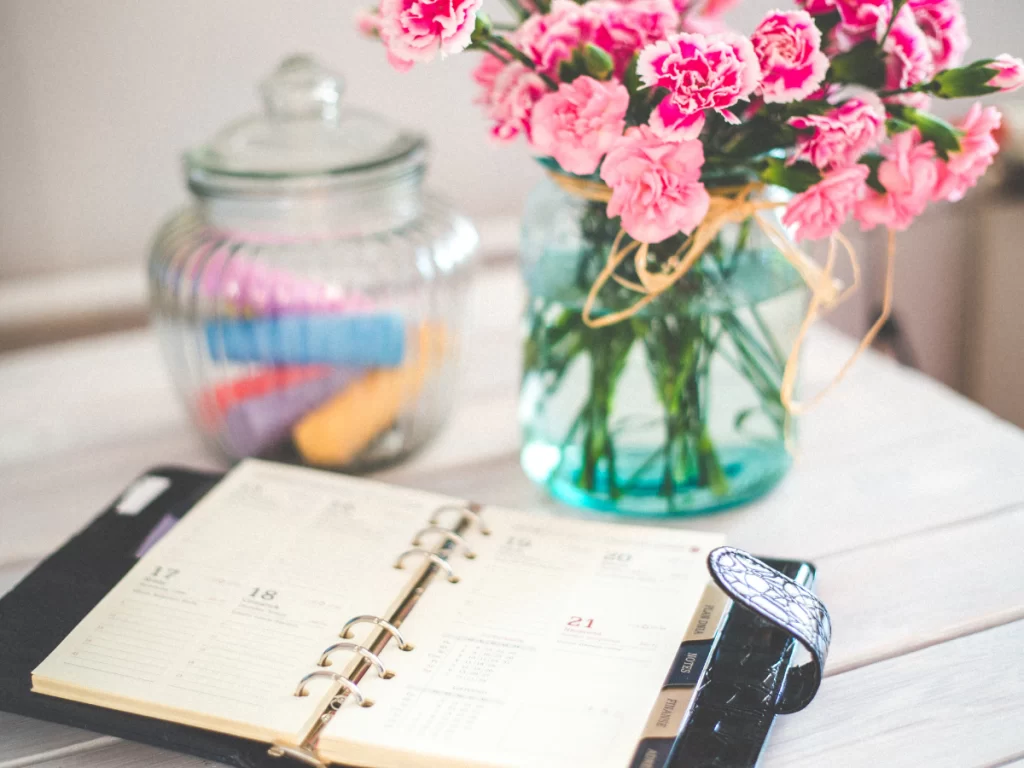




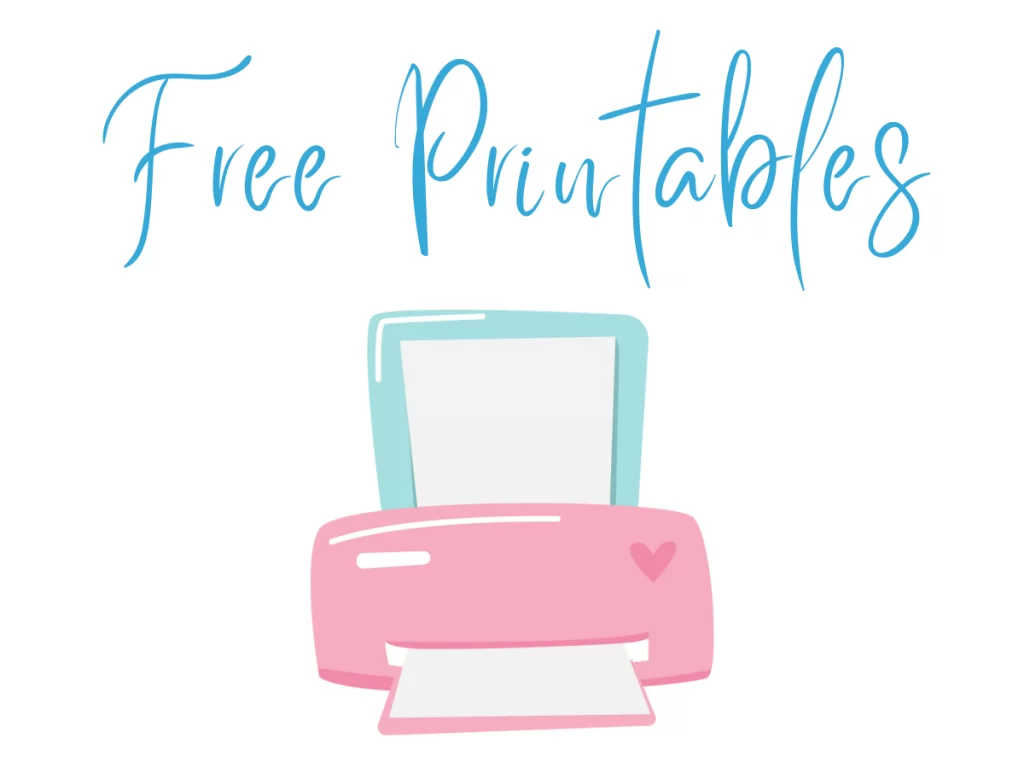

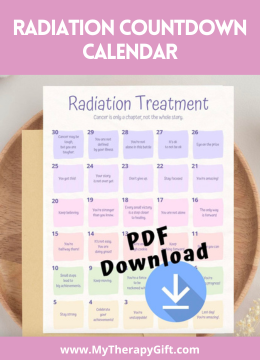
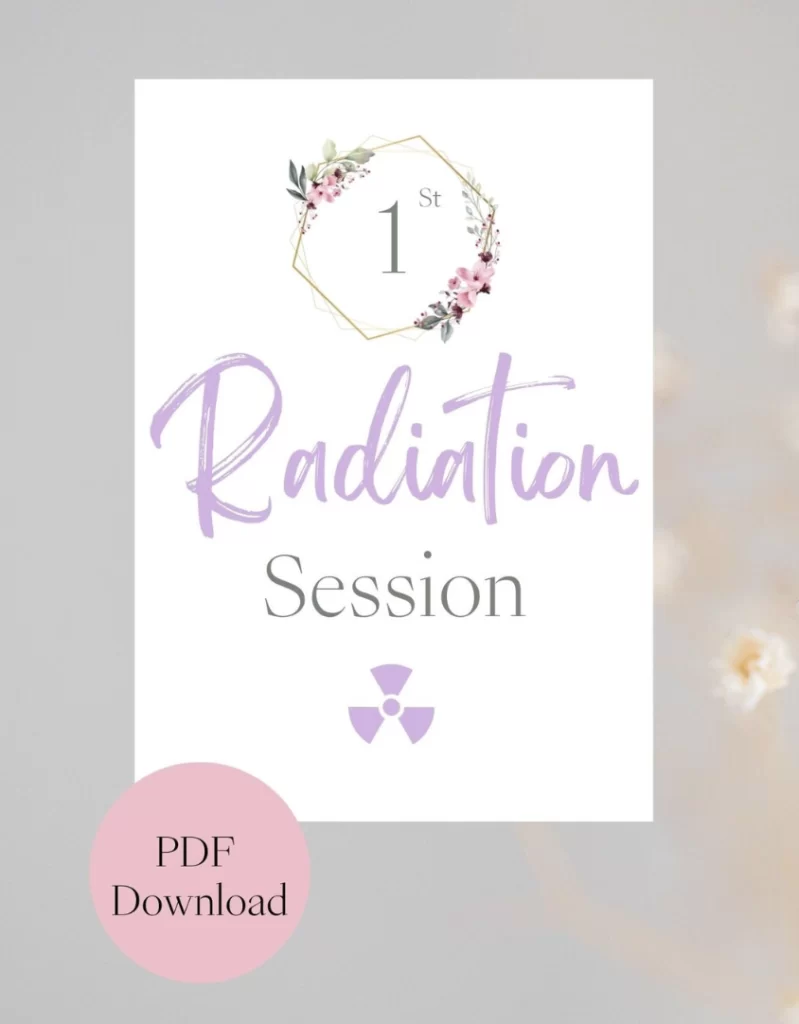
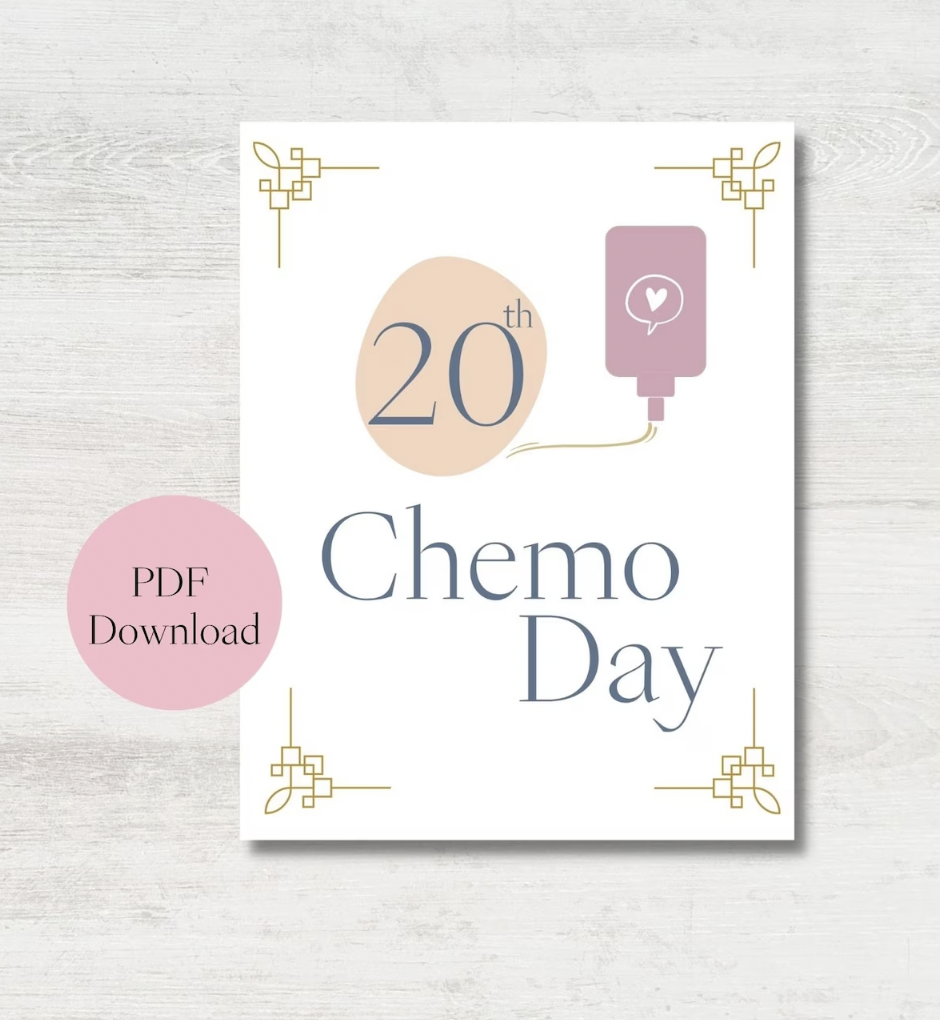
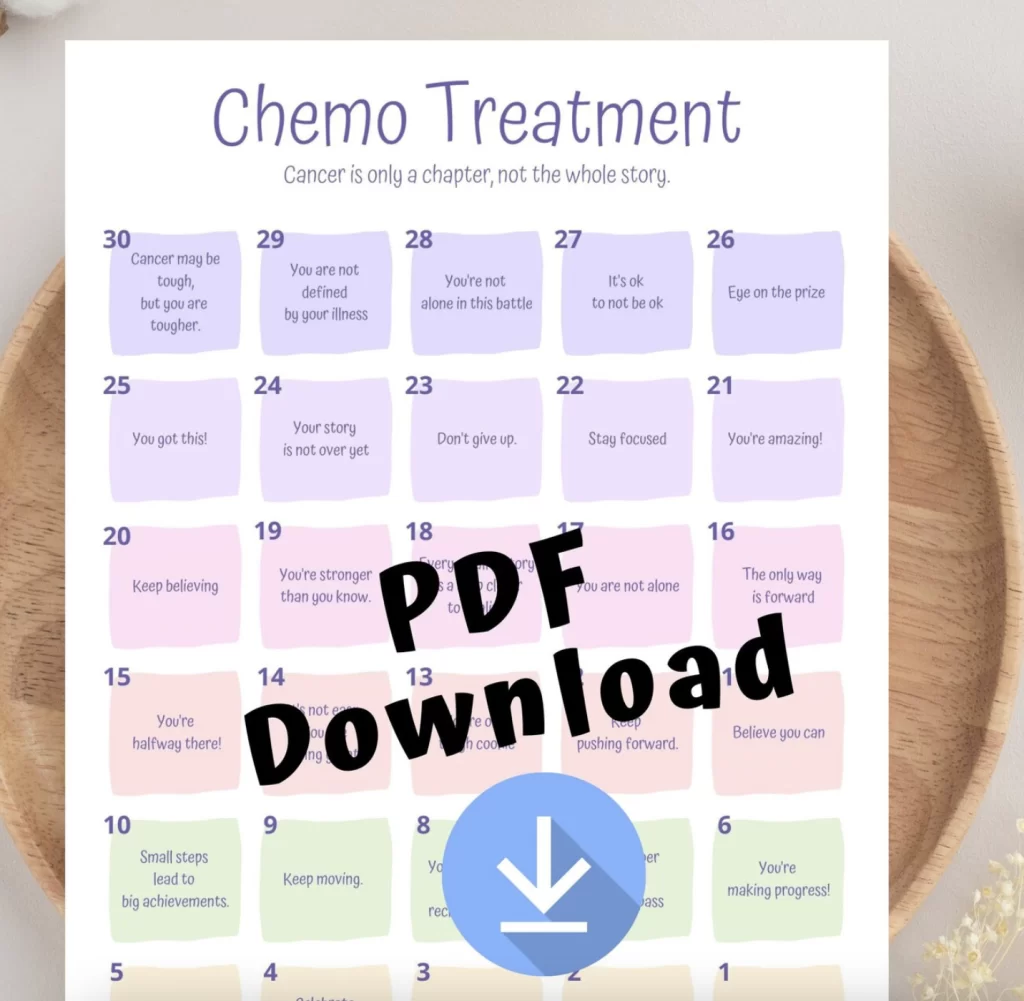

Leave a Reply